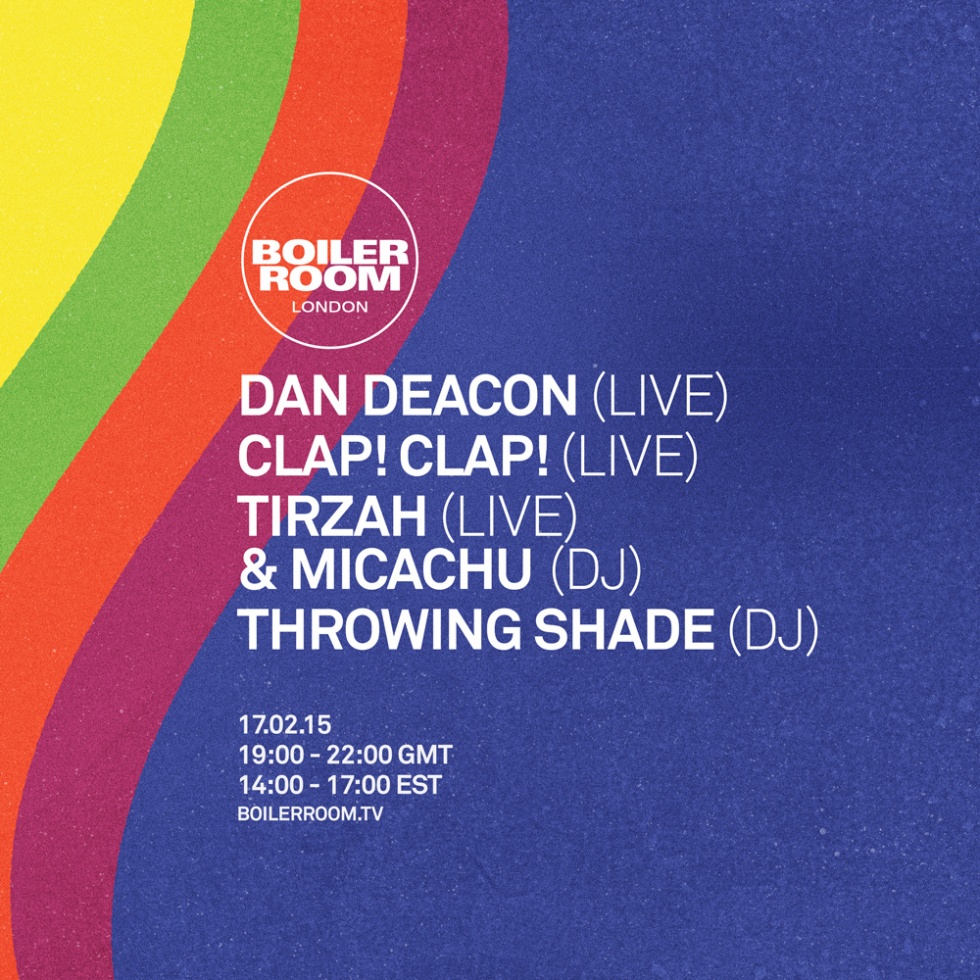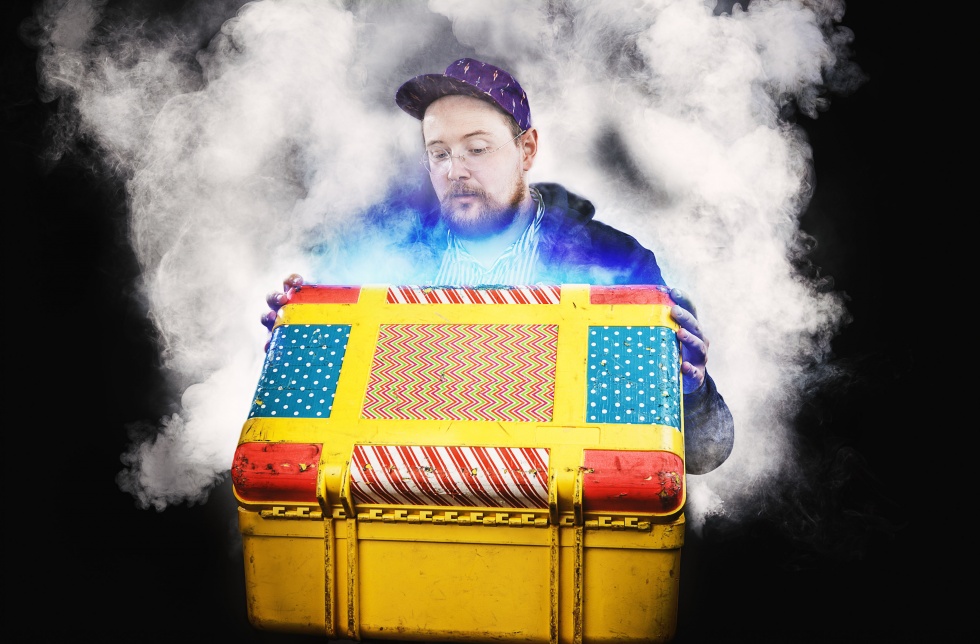
We could all do with more colour in our lives. Especially in the bitter nook of February, with clear blue skies still some way off in the distance and – perhaps fanciful – notions of a white winter in the rearview. Grey clouds, chill drizzle, everything a little drab and blanched. Couldn’t we all do with having the skip put back in our step, an injection of excitement into the humdrum, a little bit of fun? (You can probably see where we’re going with this.)
Next Tuesday, we’re throwing a party with five artists from very different stripes, all bound by a likeminded approach to production and performance, i.e. that a splash of colour goes a long way. It’s going to be a spirited one for sure.
You’ve got Throwing Shade, whose eye-popping artwork and shimmering tracks for labels like No Pain In Pop reflect her unmissable, wonderfully diverse NTS show: a true panoply of globally-sourced delights. No better way to use a degree in ethnomusicology, really.
We’re bringing together Tirzah and pop polymath Micachu; or rather, the BAFTA-approved Mica Levi, as we should probably call her. Tirzah’s “No Romance” was one of Team BR’s highest of highlights last year, and Micachu’s 2009 breakout album Jewellery remains a total joy. But it’s their infrequent pair-ups we wanna highlight, like early junkyard grime cut “Go” and the I’m Not Dancing EP – released on Greco-Roman, a label that proudly flaunts its flamboyancy – proving they’ve got infectious earworms in abundance.
Black Acre man Clap! Clap! is flying in from Tuscany especially. Last year’s killer Tayi Bebba LP, beloved by Gilles Peterson and the good Ninja Tune gang to mention just two, was a fleet-footed amalgamation of more sounds, scenes and situations than we could possibly list: a ridiculously replayable bubbling Technicolor broth. He’ll be backed by some special visuals, spinning his 200mph club constructions out with glee.
Then there’s Dan Deacon. Already an gloriously idiosyncratic electronic artist on record with over a decade’s skin in the game – not to mention oddball diversions like soundtracking mind-melting Adult Swim infomercials and inspiring an early viral clip of a lizard tripping balls – the Baltimore wonk is regarded as one of the most exuberant performers out. He throws all caution to the wind: splitting crowds for dance-offs, engaging audiences in conga lines snaking out of venues, invoking the elements for extra juice at outdoor festival slots. He also toured America in a retooled school bus running on vegetable oil one time. That’s a dedication to grin-worthy eccentricity few can match.
Beyond newly aired material off forthcoming record Gliss Riffer (out on February 23rd via Domino), we have literally no idea what to expect from his debut Boiler Room bow – so it made sense to ask the man direct. What we got was a genuine expression of his unshakable belief in the tenants of communal performance. Read on for that, and head HERE for more info on the full broadcast.
– – –
~ DAN DEACON:
A performer on stage and the audience members in a venue see each other very differently. The performer thinks of the audience and addresses them as one group, a collective. The audience members –on the other hand– do not see themselves that way. Each audience member is an individual in a crowd. Gatherings of people at music events don’t position themselves as a ‘we’ like those of sports or religion. “We won the game.” “We believe in this insane shit.” No one goes to see a band or a DJ and says: “I went to the Tom Petty show last night. We were great. We played all my favourites.”
I love to think about these things. How at all times we are individuals but also simultaneously members of groups both large and small. How that can play into a performance fascinates me.
“By shifting the focus off the stage and into the audience, the audience members begin to share the mindset of a performer as they become performers themselves.”
They begin to see the audience as both a group they are a part of and as individuals within a crowd. And when an audience becomes an aspect of the performance, the psychology of the performance continues to change.
The option of being either an active participant or passive viewer throws up something that is rarely present in live music performance: choice. And from that conscious choice, there is an element of chance hinged on each audience member deciding to participate as performer or not. And from that element of chance, moments arise that could never exist otherwise. It’s those types of performative moments that create the shifting cycles from I to we to they.
“I always try to think of a performance the same way I approach sound.”
Every sound has pitch, duration, amplitude and timbre and every collection of sounds has mood and movement, all of which can be sculpted or modified. In the same way, every performance has many unique factors. For a touring musician the factors that change night to night are the performance space and the audience members. By thinking of the entire venue as the performance space and all the members of the audience as collaborators in the performance, a world of performance options begin to present themselves.
That’s what I am always on the lookout for.
